The emerald isle of Ireland has a rich and varied landscape, from the rolling green hills to the majestic cliffs along its coastline. But one feature that stands out amongst them all are the special stone walls that can be found throughout the island.

These ancient structures have stood for generations as a testament to both history and culture in this part of the world. From farmers using them to separate fields, to local people using them as dividers between properties, these unique walls have been an integral part of Irish life for centuries. Now, they’re also becoming increasingly popular with tourists who come to admire their beauty and learn more about their importance.
History Of Stone Walls In Ireland
Stone walls have been a part of the Irish landscape for centuries, and serve as an important reminder of ancient land boundaries. From medieval castles to modern dwellings, stone walls are a symbol of strength, stability, and protection in many parts of Ireland. It’s easy to see why they’ve become such an integral part of the country’s history and culture.
The origins of these walls can be traced back to the Bronze Age, when early settlers in Ireland began to clear the land for farming. In the absence of modern machinery, these farmers used the abundant supply of stones in the soil to build walls and enclosures to keep their livestock from wandering. These early walls were likely built without any mortar or glue, simply by stacking the stones on top of each other in a way that allowed them to interlock and create a stable structure.





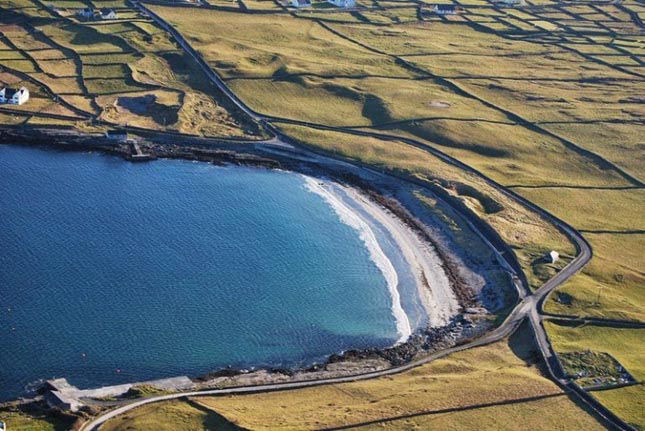

Over time, the building of stone walls became an art form in Ireland, with skilled craftsmen developing techniques for selecting and arranging stones to create walls that were not only functional, but also aesthetically pleasing. The walls were often built using local materials, such as limestone or sandstone, which gave each region its own distinctive style.
As the population of Ireland grew, so did the demand for agricultural land, and the building of stone walls became an increasingly important part of the rural economy. By the 19th century, there were thousands of miles of stone walls crisscrossing the Irish countryside, dividing fields and marking property boundaries.
In addition to providing physical barriers between properties, these walls also served as markers for political or economic power during certain periods in time. They were used by local leaders to divide lands within their control and create distinct territories that could not be crossed without permission. This allowed them to maintain order within their communities while protecting those who lived there from outside influences.
Today, stone walls remain visible throughout much of rural Ireland. While some may have fallen into disrepair due to age or neglect, many still stand strong, reminding us of our past and the importance placed on land ownership even centuries ago. Whether acting as a boundary marker or simply enhancing a property’s aesthetic appeal, these structures will no doubt continue to play an important role in Irish life for years to come.
Types Of Stone Walls In Ireland
Stone walls have been used in Ireland for centuries, and there are several different types that can be found. While the purpose of them has changed over the years, their significance to Irish culture remains strong. Let’s take a look at some of these unique stone walls and what they represent.
The first type is Dry Stone Walls. These were originally built from large stones without any mortar or cement binding them together. They were constructed by stacking rocks on top of each other until a wall was formed. This type of structure could be seen all around the countryside as well as along coastlines, typically functioning as enclosures for livestock or dividing up land boundaries between farmers.
Another common form of stonewall was known as Cillíns – small enclosure walls usually made with limestone blocks that marked off burial grounds and contained cists (stone-lined graves). Many also served religious purposes, often having crosses carved into them which symbolized Christian faith in rural areas. Additionally, many old churches had elaborate stonewalls surrounding them which acted both as protective barriers against intruders but also helped generate an air of reverence while congregants attended services within its bounds.
In short, Ireland’s stone walls provide physical evidence of its past; reminders of how people used to live in much simpler times and how communities worked together to build something lasting and meaningful for generations to come. We can still see these structures dotting the landscape today where their presence continues to bring history alive.
How Stone Walls Were Constructed
Constructing these walls requires great skill; the stones must be placed one at a time and carefully fit together like pieces of a puzzle. The key is to make sure each stone is firmly held in place by other stones without any gaps between them – this ensures it’s strong enough to withstand weathering and erosion over time.
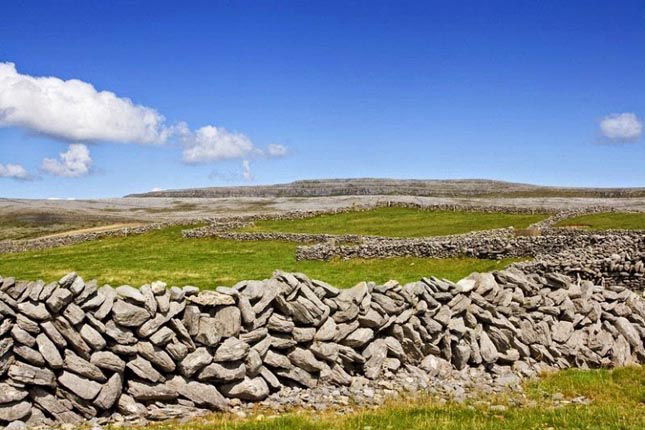
The process begins with clearing the area of vegetation and soil so the wall can sit on solid ground. Then, larger boulders are laid down first, and smaller stones are added around them until all the spaces between them have been filled up. When necessary, small rocks can be used to fill in the gaps between large ones – but usually only when two large rocks are too far apart for another large rock to bridge the gap. Finally, after every piece has found its home within the structure, earth is packed tightly against the outside of the wall to give it extra stability.

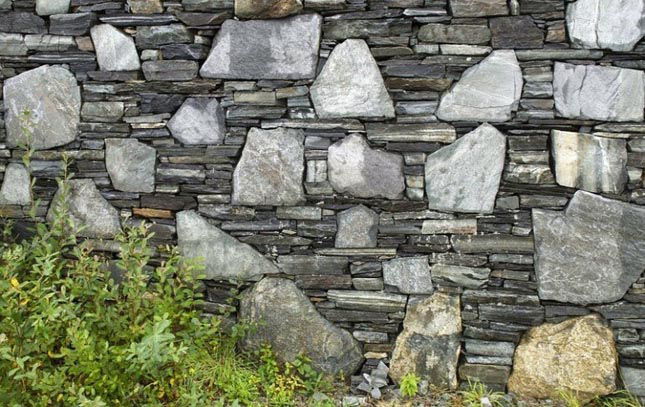
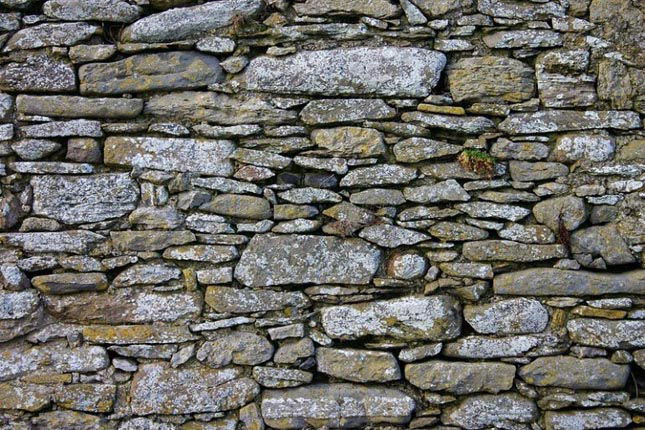

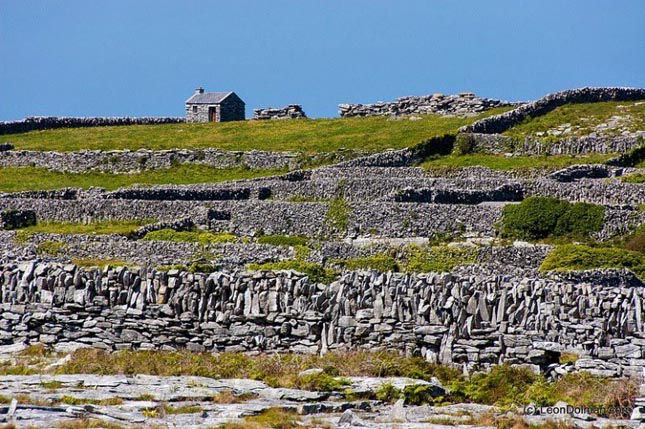
In order for a stone wall to last long-term, special care must be taken during construction. Careful selection of materials such as flat sandstone or limestone blocks provides optimal support while also allowing air flow through the cracks so moisture doesn’t build up inside. And precise placement helps ensure proper balance throughout the entire structure while avoiding weak points where external forces could break it down over time. With attention paid to details like these, Irish stone walls remain standing today – testament to their sturdy nature and expert craftsmanship.
Stone walls continue to be an integral part of Irish culture and heritage. They have stood for hundreds of years as a reminder of the land boundaries that once divided Ireland. From dry-stone walls made from local materials such as limestone to more complex structures like those found in Castleskelly, they reflect a connection between man and nature. These impressive fortifications serve both practical and aesthetic purposes, providing protection while also adding value to the landscape. Stone walls are an important symbol of Ireland’s rich history and will remain so for many generations to come.

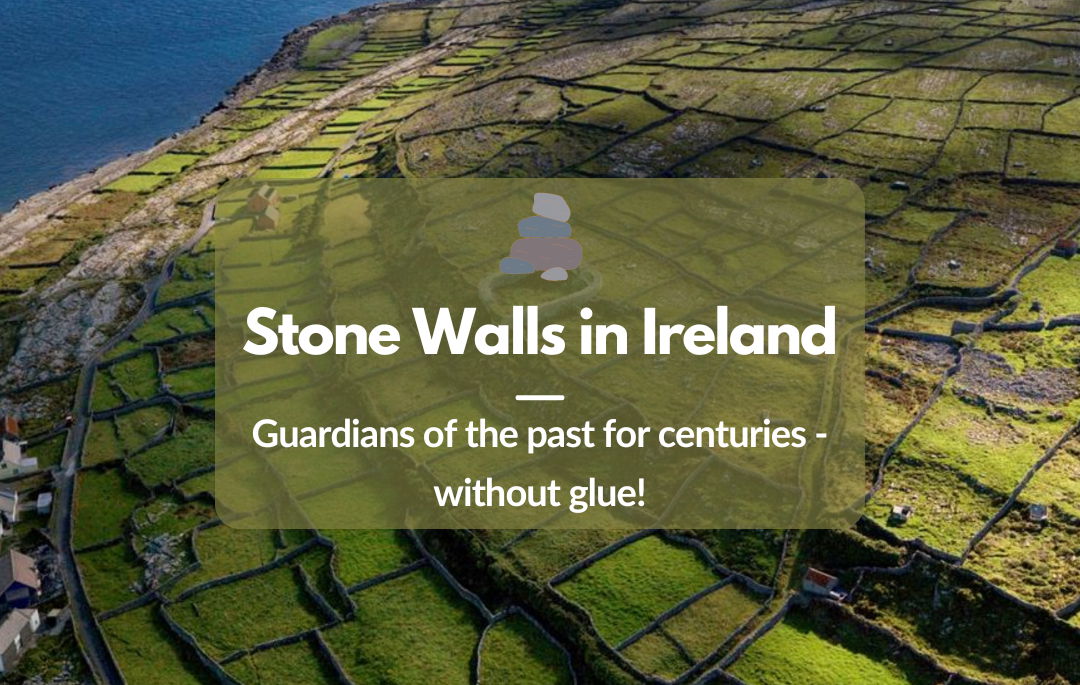


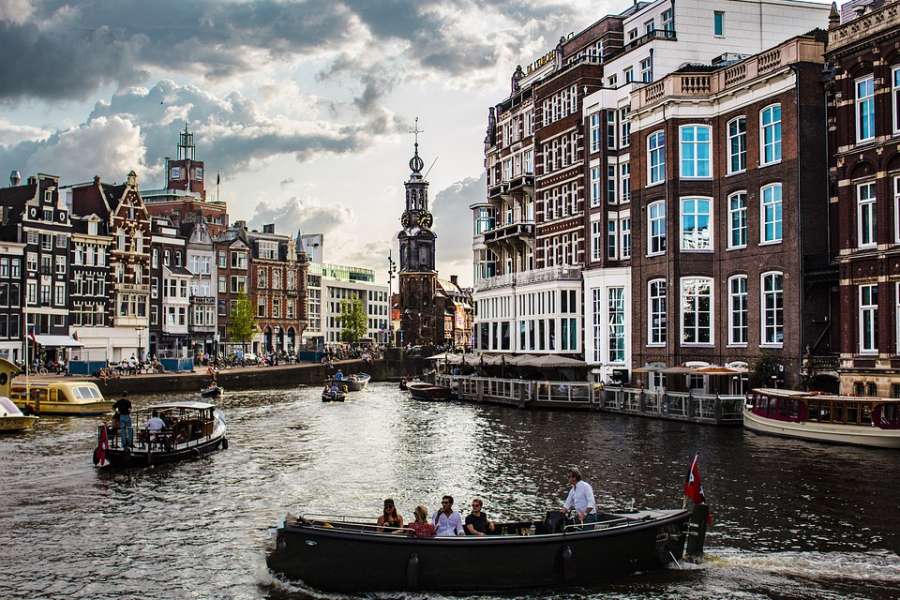
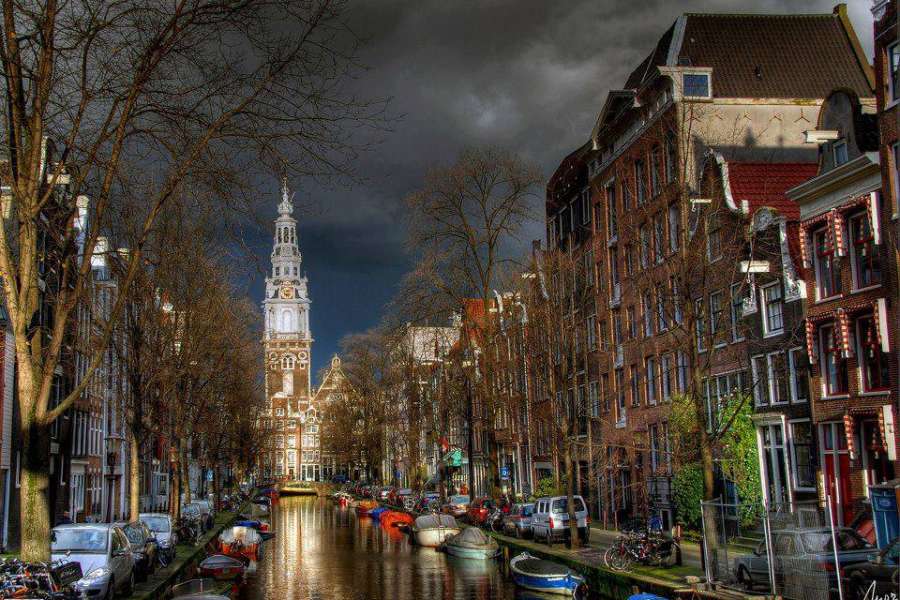

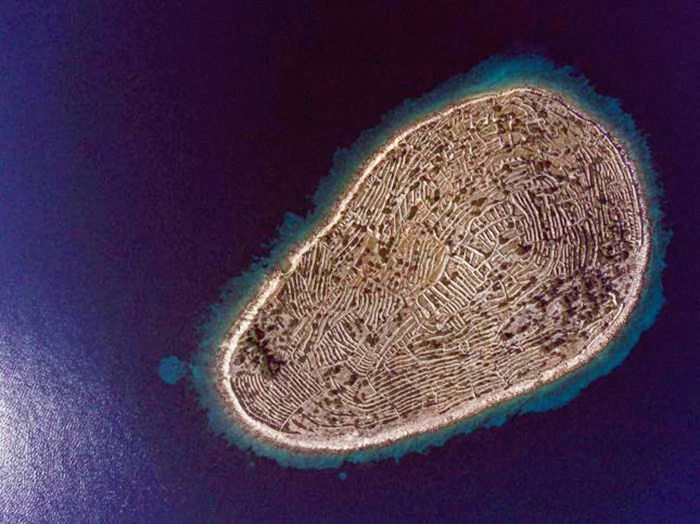


Leave a Comment